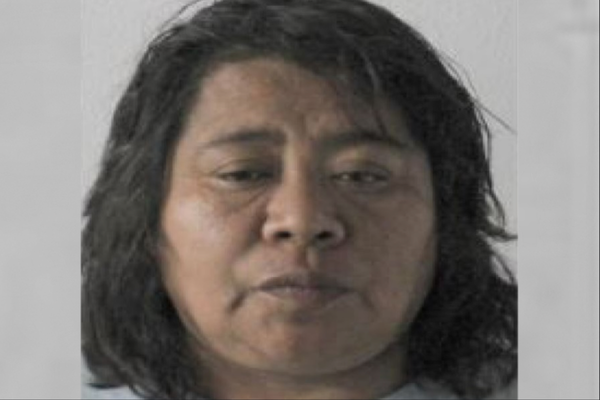
Chicago is a diverse city. The city’s population is about one-third white, one-third Black, one-third Latino and one-tenth Asian.
But there’s much more to Chicago’s racial identity than that.
This month, the Census Bureau released the most updated and detailed breakdown of racial and ethnic identity from the 2020 census.
The data captures nearly 1,500 detailed racial and ethnic groups — from more populous groups in the Chicago area, such as Puerto Rican and Polish, to smaller groups, such as Lithuanian and Ghanaian.
A WBEZ analysis of the new data sheds light on one of the city’s largest ethnic groups.
After seeing thousands come to downtown Chicago to celebrate Mexican Independence Day on the weekend of Sept. 16, it’s no surprise to many that the Mexican community is one of the Chicago area’s largest ethnic groups. The annual event is so large that some members of the City Council say it needs to be an official, daylong downtown parade or festival.
About 1 in every 5 Chicagoans is Mexican, and the group makes up the majority of those who identify as Hispanic or Latino in Chicago, according to a WBEZ analysis.
The size of the region’s Mexican community extends beyond Chicago’s city limits. In the last decade, as the Latino population in the suburbs has expanded, so has the Mexican population.
Suburban Cook County’s Mexican population grew much faster than Chicago’s Mexican population and the county’s overall population. The Mexican population in suburban Cook County increased by about 58,000 residents in the last 10 years, from about 384,000 in 2010 to 442,000 in 2020, a 15% increase. Both Chicago’s Mexican population, roughly 590,000 in 2020, and Cook County’s overall population grew by just under 2% in the last decade.
Areas on Chicago’s North and Northwest sides saw the sharpest drops in Mexican populations, while many regions of suburban Cook County saw more than twofold increases.
The Census Bureau has collected data on race and ethnicity for several decades, with each iteration using different methods to collect and code responses.
The 2020 census is the first time the agency has asked respondents who checked the “White” or “Black or African American” boxes to write in more specific identities.
Respondents who chose not to write in a response specifying their racial identity are coded as “not specified.”
In Chicago, about one-third of people who identify as Black or African American chose to skip the write-in response and are coded by the census as “Other Black or African American, not specified.” About one-third of people who identify as white in Chicago are coded as “Other White, not specified.”
The agency also added 200 new detailed racial and ethnic groups such as Afro-Latina, Croatian and Belizean.
Amy Qin is a data reporter for WBEZ.







